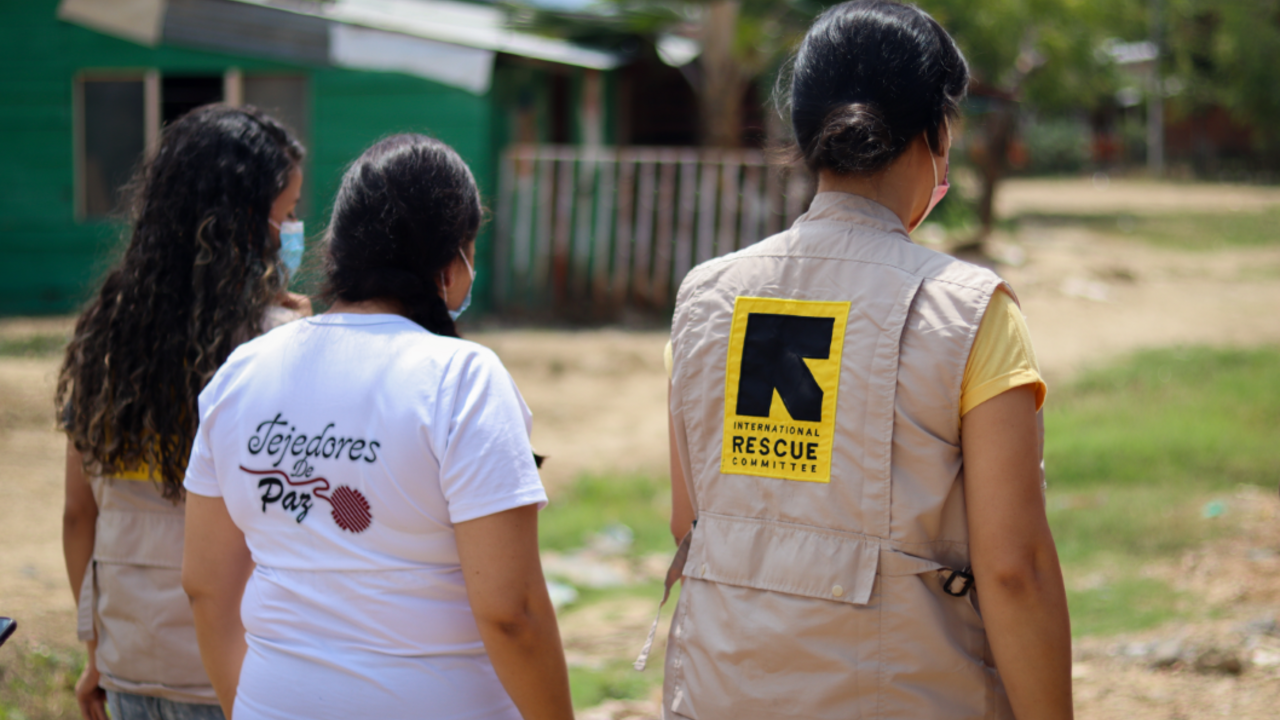
NGOCSTIP – International Anti-Trafficking Efforts have become a central focus in the global fight to protect the most vulnerable populations from exploitation and abuse. Human trafficking remains one of the most heinous crimes worldwide, subjecting millions of people—especially women and children—to severe forms of exploitation. Governments, organizations, and communities around the world have come together to address this pressing issue, with concerted efforts aimed at preventing trafficking, rescuing victims, and prosecuting perpetrators. The rise of coordinated global initiatives highlights the importance of collaboration and shared responsibility in safeguarding those who are at the greatest risk.
Human trafficking is a pervasive issue that knows no borders. According to the United Nations, millions of individuals, primarily women and children, are trafficked each year for purposes such as forced labor, sexual exploitation, and organ trade. The International Labour Organization (ILO) estimates that over 40 million people are currently living in modern-day slavery, a significant portion of whom are trafficked.
Despite global efforts, the trafficking industry remains profitable, and traffickers continue to exploit vulnerabilities such as poverty, lack of education, and political instability. Areas with high rates of inequality and weak rule of law often become breeding grounds for trafficking operations. Criminal networks exploit these vulnerabilities to trick individuals into trafficking situations, often with false promises of employment or a better life.
“Read about: The Silent Suffering: Identifying the Hidden Victims of Trafficking”
A wide array of international programs and treaties combat human trafficking on a global scale. These initiatives focus on prevention, protection, prosecution, and partnerships. One significant global agreement is the Palermo Protocol, adopted by the United Nations in 2000. It provides a framework for countries to align legal systems, create stronger penalties, and protect victims. This protocol has been ratified by over 170 countries, marking a critical step in the global fight.
Regional efforts have also played a key role in fighting trafficking. In the European Union, member states collaborate through agencies like Europol and Eurojust. These agencies coordinate operations and share intelligence to dismantle trafficking rings. Similarly, the ASEAN Convention Against Trafficking in Persons strengthens regional cooperation in Southeast Asia. Trafficking rates are notably high in this region.
The United States plays a key role in anti-trafficking efforts. The Trafficking Victims Protection Act (TVPA) mandates annual trafficking reports. It also allocates funding for victim assistance programs. The U.S. State Department’s Trafficking in Persons (TIP) Report assesses countries’ efforts. It ranks countries based on their compliance with international standards.
“Read more: Supporting a Child with Cancer: What Parents and Caregivers Need to Know”
A critical aspect of international anti-trafficking efforts is the emphasis on victim protection. Many anti-trafficking initiatives focus on offering comprehensive support to those who have been rescued from trafficking situations. This includes legal assistance, access to healthcare, psychological counseling, and programs for reintegration into society.
One of the most prominent victim-centered approaches is the Blue Heart Campaign, initiated by the United Nations Office on Drugs and Crime (UNODC). The campaign raises awareness about human trafficking and encourages public involvement in prevention efforts. It also provides a platform for survivors to share their stories and contribute to the global movement.
Moreover, many countries have implemented safe houses and shelters for trafficking survivors, ensuring that they have a secure place to stay while they recover. These shelters provide critical services, such as trauma recovery programs and vocational training, to help individuals rebuild their lives.
No single organization or government can combat human trafficking alone, making international collaboration essential. Governments, NGOs, law enforcement agencies, and international organizations must collaborate to address the evolving nature of human trafficking.
One of the most successful collaborations is the Global Initiative to Fight Human Trafficking (UN.GIFT). It is a joint effort between the UNODC, ILO, and other key international bodies. This initiative encourages public-private partnerships, helping governments and businesses address supply chains and reduce labor trafficking.
Additionally, international cooperation through joint task forces has proven effective in dismantling trafficking networks. Operation Cross Country, a U.S. law enforcement effort, has led to the rescue of hundreds of children from sex trafficking rings. This success demonstrates the power of inter-agency collaboration.
Despite significant progress, challenges remain in the fight against human trafficking. One of the biggest obstacles is the ever-evolving tactics of traffickers, who exploit new technologies and methods to evade detection. Social media, for example, has become a tool for traffickers to lure victims with false promises of job opportunities and relationships.
Another significant challenge is the lack of adequate resources in many countries to address trafficking effectively. Limited funding, inadequate training for law enforcement, and insufficient victim services create barriers to successful anti-trafficking efforts. Moreover, corruption in some countries allows trafficking networks to thrive with impunity, making enforcement difficult.
International anti-trafficking efforts are crucial in the ongoing battle to protect vulnerable populations from exploitation. As global initiatives evolve, the need for enhanced collaboration, better victim support systems, and stronger enforcement mechanisms remains vital. Through continued dedication and unity, the international community can move closer to ending human trafficking and ensuring safety and freedom for those most at risk.